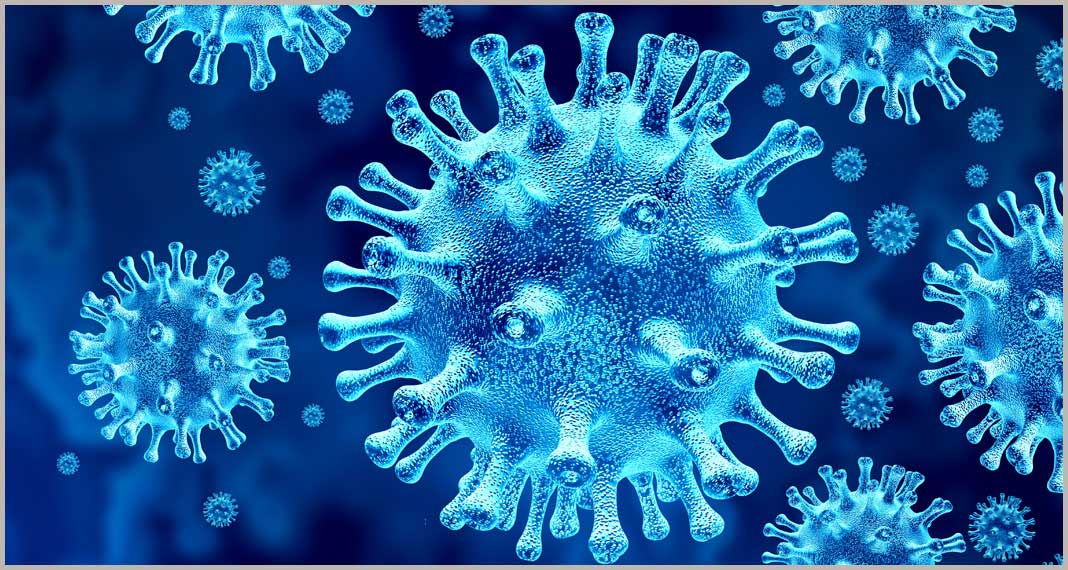
Your online cosmetic and personal care product packaging resource!
“As the global pandemic continues to evolve, all industries are being forced to modify business practices...”


here is no doubt that SARS-CoV-2, the coronavirus that causes COVID-19, will have a lasting effect on global business for the foreseeable future. Not a single industry has remained untouched by this virus. The direct impact to the cosmetics, beauty, and personal care industry has been profound, and has been largely driven by the following events and trends:
Supply Chain Interruptions
Many of the raw materials for cosmetics and personal care items are sourced from China and India – two countries hit hard by the coronavirus. In addition to the physical lockdowns that inhibit transport of goods, these countries are also concerned about supply shortages of their own, so they are limiting exports of certain raw materials. This has not only affected cosmetic and beauty products, but critical necessities such as antibiotics, other medications, and medical supplies.
To help slow the spread of COVID-19, many countries have closed borders to travel and commerce. This, along with high rates of illness in production line workers, has further negatively impacted supply chains.
As a consequence of these interruptions, manufacturers are expanding their sourcing options to develop multiple supply lines rather than rely on a single source supplier.

Focus On Hygiene and Comfort
Due to shutdowns, and advisories to work at home and avoid gatherings outside of the household, the need to impress has diminished. As a result, sales for fragrance and color cosmetics have decreased. Even when businesses open up, the directive to wear a mask in public will continue to diminish the need for makeup products. Instead, people are focusing on comfort and hygiene.
The desire to reduce stress and stay healthy has increased sales for at home self-pampering products such as restorative and preventative cosmetics, and aromatherapy essential oils.
As awareness of personal hygiene takes center stage, the demand for hand sanitizers and soaps has surged, and the trend will continue as people are focusing more on infection control practices in their daily lives.
The Rise of Do-It-Yourself Beauty Care
With many beauty salons and barber shops closed, former customers are bringing their beauty and hair services in-house. Online sales of nail polish, hair color, and hair clippers rose dramatically this past spring and summer.
This trend may very well continue as people become comfortable with taking on their own beauty care. There are two main factors that will continue to push this trend. The first is that even when beauty salons and barber shops open back up, customers may be concerned about their safety. Experts have warned that just because a business is open, does make it safe to visit. The second factor is cost. As former beauty salon and barber shop patrons become comfortable with performing their own hair and nail care, they will realize that they are saving large sums of money each month by doing so.
The Drive Toward Safety and Transparency
The demand for clean beauty products was increasing before the start of the global pandemic, and now, more than ever, consumers want to know that the beauty products they are using are safe and healthy.
Awareness of chemical toxicities has driven the desire for natural and organic beauty products. Consumers want complete transparency regarding the ingredients in the products they are using, and are wary of any hidden ingredients that might pose a health risk. In addition, some consumers want to know where ingredients are being sourced, and how people and the environment are impacted.
Emphasis On The Online Experience
Limited access to in-store shopping and safety concerns have caused consumers to shift their beauty buying to online sources. Prior to the pandemic, up to 80% of cosmetics and beauty products were purchased at local retail locations. Even highly tech-dependent younger generation shoppers purchased 50-60% of their personal care and beauty products at retail locations. The pandemic associated closures have forced consumers to “go digital”, causing an explosion of online sales. This trend is not going to go away anytime soon, and may well be the new normal for many customers.
Beauty brands that already had a large online presence were able to adapt to the shift in consumer buying practices. Those that did not had to adapt quickly or close their doors for good. The trend toward a more engaging and convenient online shopping experience was underway before the pandemic hit. Innovations in technology and virtual applications are paving the way for customers to experience the same level of in-store service from the safety and comfort of their own home.
As the global pandemic continues to evolve, all industries are being forced to modify business practices, and deal with changing consumer expectations. At this time, experts are not certain when, or if, we will ever get back to the “old” normal. Most likely, we will have a new normal that will change how businesses and customers interact. Adaptation to changing trends has always been a key factor to business success, and that is most certainly going to be true for the beauty and cosmetics industry going forward. December 2020
C O S M E T I C P A C K A G I N G I N S I D E R
Your online cosmetic and personal care product packaging resource!



